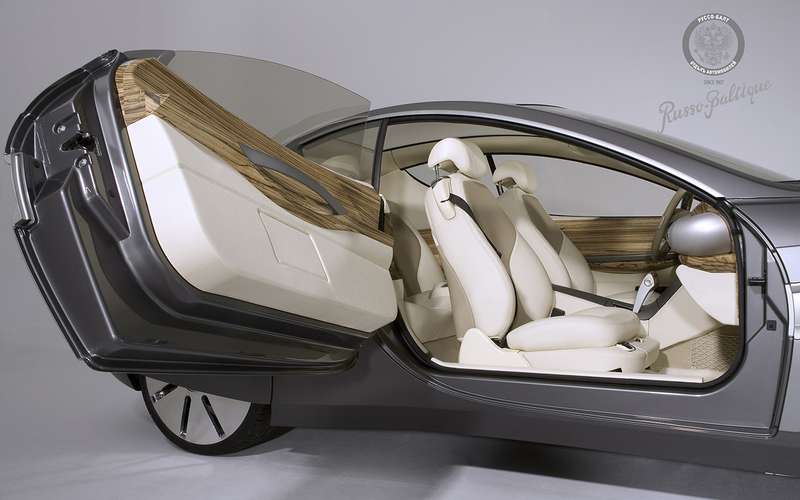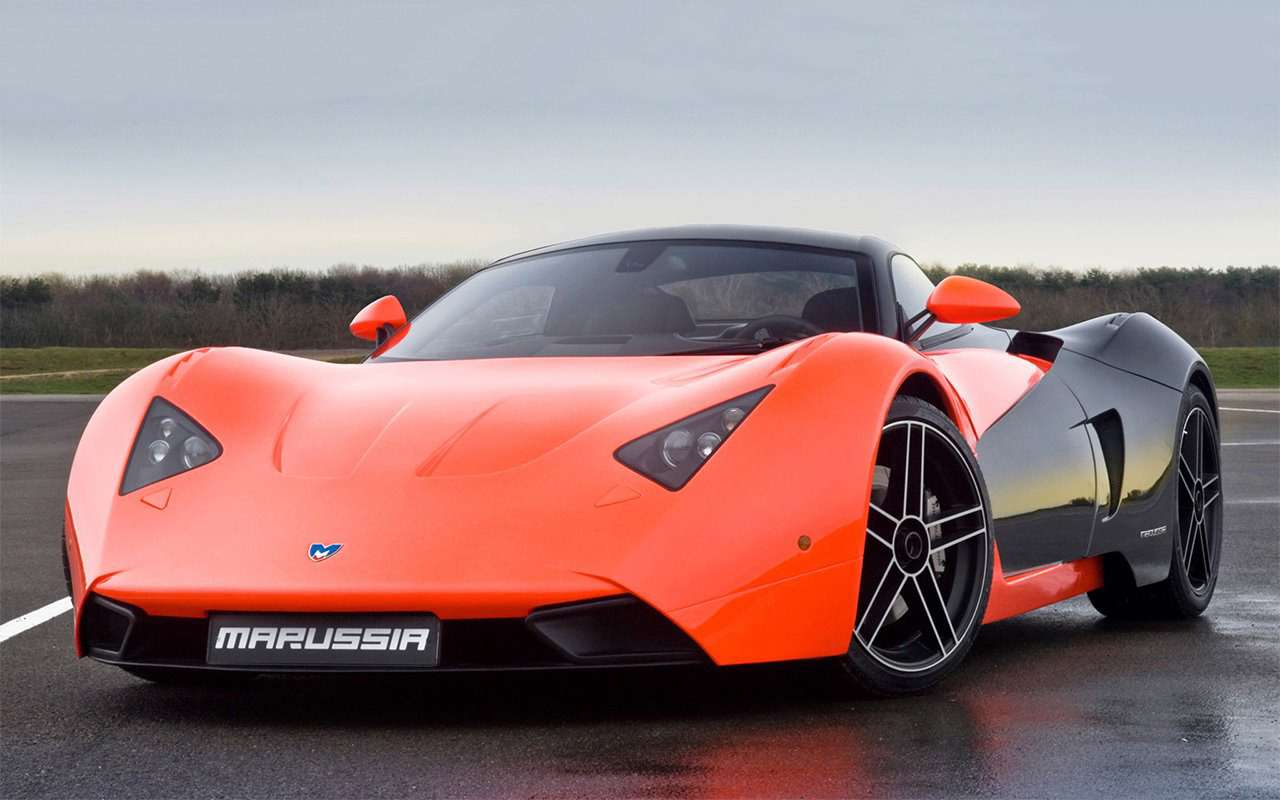The fracture of minimalism
At the end of the last – beginning of this century, there was a lot of discussion about a new democratic and inexpensive domestic car. For some reason, it was believed that it would be in demand in Russia.
ASM-Holding, founded on the ruins of the Soviet Ministry of the Automotive Industry, took up the matter. NAMI was also involved in the project. They wrote that a car with the sacramental name of Mishka could be produced even in non-core factories (although it is not clear which ones) and could even be sold as kit cars for self-assembly.
The first example we tested turned out to be Oka with standard units and a not very tidy plastic panel body.
Then came the bigger Bears, with Tavria engines – a sort of Russian MINI. In addition to the petrol version, there was an electric car and even a hybrid version with motor wheels.
Mishka’s car is in fact a camouflaged Oka.
In 2007 (partly through the efforts of the famous chess player Anatoly Karpov) in Tula they already tried to set up the production of Mishka under the name TM-1131 Tulyak. We planned versions with Melitopol petrol engines of 1.2 liters with a capacity of 64 horsepower. and 1.3 liters with a capacity of 70 hp. But the idea failed predictably. It is not known that Russian buyers are interested in small cars.

Our response to Bentley
The most beautiful, at least very spectacular failure from the point of view of the Russian car market of the 21st century is Russo-Baltique Impression, presented in 2006. The appearance of the prototype was accompanied by a statement about the revival of the legendary pre-revolutionary Russian brand Russo-Balt.
In terms of class, the car was not far from the Bentley Continental GT coupe. Under the original stylistically bold body design was a 612 hp engine and other units of the Mercedes-Benz CL65 AMG.

They promised to start production if there were at least 10 orders. Apparently it didn’t work out. Which is quite logical and understandable.
There is clearly no shortage of such supercars in the world. And there were no people who wanted to pay one and a half million euros (such was the approximate cost of the new Russo-Balt) for a car without a world brand, created not by a reputable company, but only by enthusiasts – albeit very talented and hot.

Super Marusja

The venture of the restless showman Nikolai Fomenko – a sports car under the touching name of Marussia – was accompanied by a high-profile advertising campaign. There was even a car dealership, and even in the center of Moscow – on Tverskaya.
They planned to sell 500-700 Marussia B1 sports coupes per year. The car was equipped with a Renault-Nissan engine – a “six” with a working volume of 3.5 liters and a power of 240 horsepower.

The appearance of the second improved version of the Marussia B2 prototype did not improve the car’s market prospects. After all, the owners of such a car can only be imagined by a dozen or two avid collectors – from those who begin to collect museum pieces as soon as they leave the car dealership.

Yet they also built the Marussia F2 crossover, which does not sparkle with elegance at all. But they say it was made in one copy.
The car dealership on Tverskaya closed safely, the whole story was gradually forgotten.
Points about you
If sports coupes were positioned as small-scale exclusive models, then in 2010 they loudly announced a project to build a new car plant with a capacity of first 45,000 and then 90,000 cars per year! Not AvtoVAZ, of course, but still pretty solid.
Apparently, to emphasize the originality and originality of the project, it was given the not too eloquent name Yo-Mobile.
A whole family was immediately declared: a three-door cross coupe, a five-door hatchback, a microvan and even a van.
The design of Yo-mobiles evoked the idea that the most important thing for the creators was originality and even extravagance. Cars were painted more as showstoppers for exhibitions than cars for the mass buyer.
Originality and originality manifested itself in everything! The body was intended to be made of lightweight and durable polypropylene. Further! The car would be crammed with state of the art appliances.

Including a hybrid power plant with an energy storage device based on supercapacitors instead of expensive lithium-ion batteries and a 60 hp rotary vane (!) engine that can run on petrol and gas.

True, at the first stage they promised ordinary imported gasoline engines with a volume of 1 liter and a power of about 60 horsepower. The suspension, steering, brakes and other components would be purchased from third-party manufacturers overseas.

In 2013, a car with a normal 1.4-liter 75-horsepower FIAT engine was offered for journalistic testing. But everything was limited to these short advertising acquaintances
It seems that at first not only journalists and potential buyers, but also the creators of the two-dot project really believed in the reality of this feast of technical and linguistic fantasy. The project ended pretty quickly. And he was soon forgotten.
- “Avtoteplo” keeps the engine compartment warm for up to 6 hours and perfectly withstands high temperatures. With Auto Blanket you reduce fuel consumption when warming up the car.
- “Behind the wheel” can also be read in Telegram.
Much has been written and spoken about them. Sometimes with hope, sometimes even enthusiastically. All ideas were executed in metal, plastic, glass. But it went no further.









